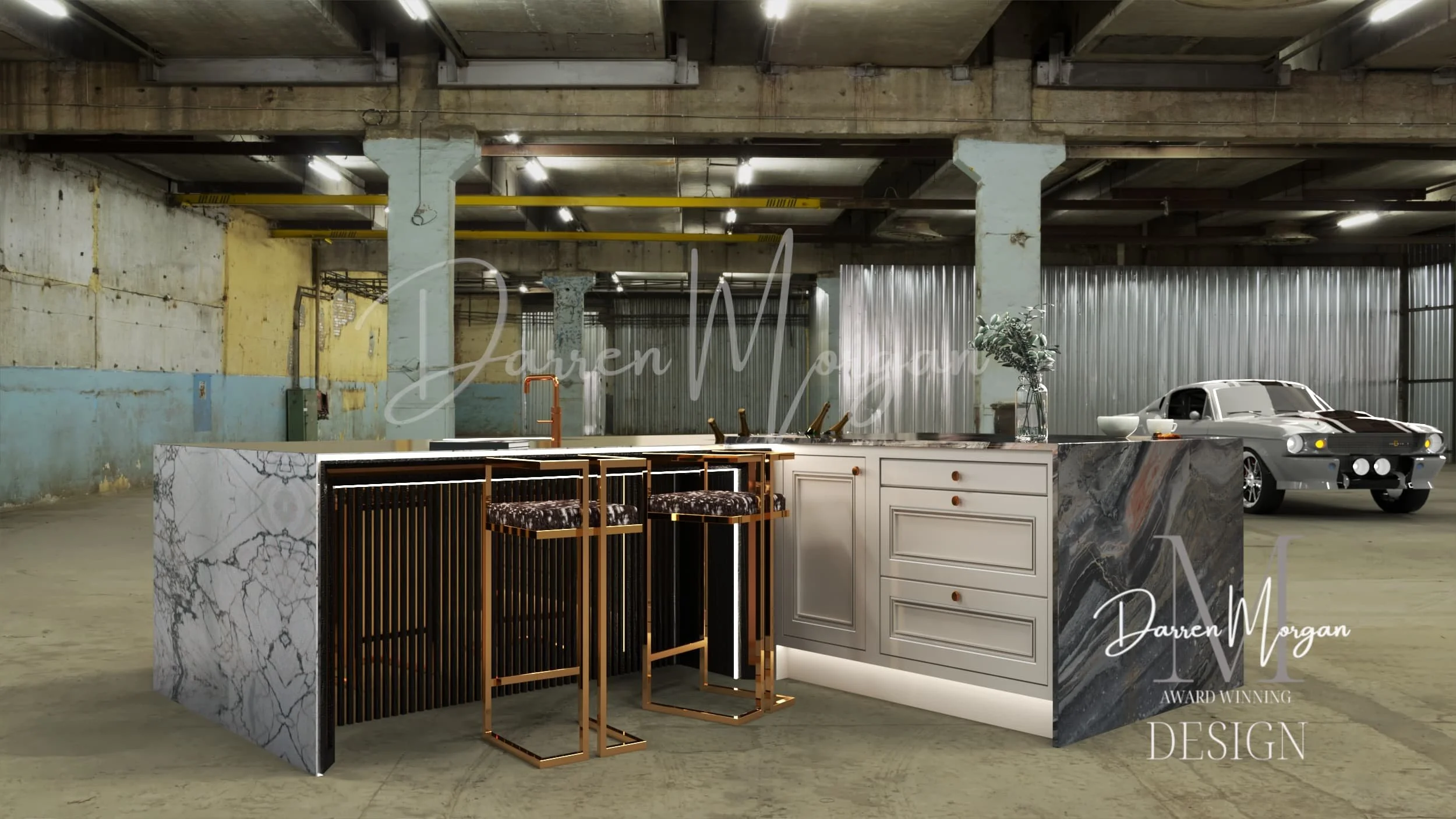The Kitchen Island - What you need to know!
A kitchen island doesn’t just provide extra worktop space; it's the heart of your culinary space, a gathering point, and an architecturally liberated statement of style. Let’s delve into the world of kitchen islands.
At its core, a kitchen island is a multifunctional marvel. It provides additional workspace, offers storage solutions, and can even serve as an informal dining area. The modern kitchen island can be customised to suit a wide range of needs, whether it’s a built-in hob, a sink, or an integrated wine cooler. Its ability to adapt makes it an invaluable asset in any kitchen.
Designing for Functionality
When designing a kitchen island, functionality should be at the forefront. Consider the primary purpose of your island. If you’re an avid cook, incorporating a hob or a prep sink might be ideal. For those who entertain frequently, a spacious countertop for serving and seating would be more suitable. The island should complement your kitchen’s workflow, enhancing efficiency rather than hindering it.
Size and Proportion
The size and proportion of your kitchen island are crucial. An island that’s too large can overwhelm the space, while one that’s too small may not provide the desired functionality. As a rule of thumb, ensure there is at least 90 cm of clearance around all sides of the island to allow for easy movement. The dimensions of your kitchen will largely dictate the size of the island, so measure carefully and plan accordingly.
Kitchen Storage Solutions
One of the most significant advantages of a kitchen island is the additional storage it offers. Think beyond basic cabinetry – consider incorporating deep drawers for pots and pans, open shelves for cookbooks, or even a built-in wine rack. Utilising the island’s vertical space can also be beneficial, with hooks or magnetic strips for utensils and knives.
Materials and Island Aesthetics
The materials you choose for your kitchen island will significantly impact its look and feel. From luxurious marble and durable granite to sleek stainless steel and warm wood, the options are plentiful. Consider how the island’s materials will complement the rest of your kitchen. A contrasting island can create a striking focal point, while matching materials can offer a cohesive, streamlined appearance.
Kitchen Island Seating
If your kitchen island will double as a dining or social area, seating arrangements are essential. Bar stools or chairs should be comfortable and at the right height – typically, stools should be 25-30 cm lower than the countertop. Think about the number of seats you need and how they will be arranged to ensure that everyone has enough space to sit comfortably.
Lighting Your Kitchen Island
Proper lighting is crucial for a kitchen island. Pendant lights are a popular choice, providing both task lighting and an aesthetic element. The height and positioning of the lights should ensure that the island is well-lit without causing glare. Consider installing dimmable lights to adjust the ambience according to different occasions.
Power and Plumbing
If your island will house appliances or a sink, careful planning of power and plumbing is required. Ensure that electrical outlets are conveniently placed for any appliances you may need, and that plumbing is accessible for sinks or dishwashers. This planning stage is critical to avoid costly adjustments later on.
The Social Interface
Beyond its practical uses, a kitchen island serves as a social hub. It’s a place where friends and family can gather, children can do homework, and meals can be shared. Its central position in the kitchen makes it a natural focal point, drawing people together. Design your island with social interactions in mind, ensuring it’s welcoming and functional.
An Expression of Personal Style
Finally, personalise your kitchen island to reflect your style and needs. Whether it’s through the choice of materials, the inclusion of unique storage solutions, or the addition of decorative elements, make it your own. A well-designed island not only enhances the functionality of your kitchen but also adds to its overall aesthetic appeal.
A kitchen island is a dynamic feature that can transform your culinary space. By considering its functionality, size, storage, materials, and design, you can create an island that meets your needs and enhances your kitchen's beauty. Whether you’re preparing a meal, entertaining guests, or simply enjoying a cup of tea, the kitchen island stands as a testament to the art of thoughtful design.







